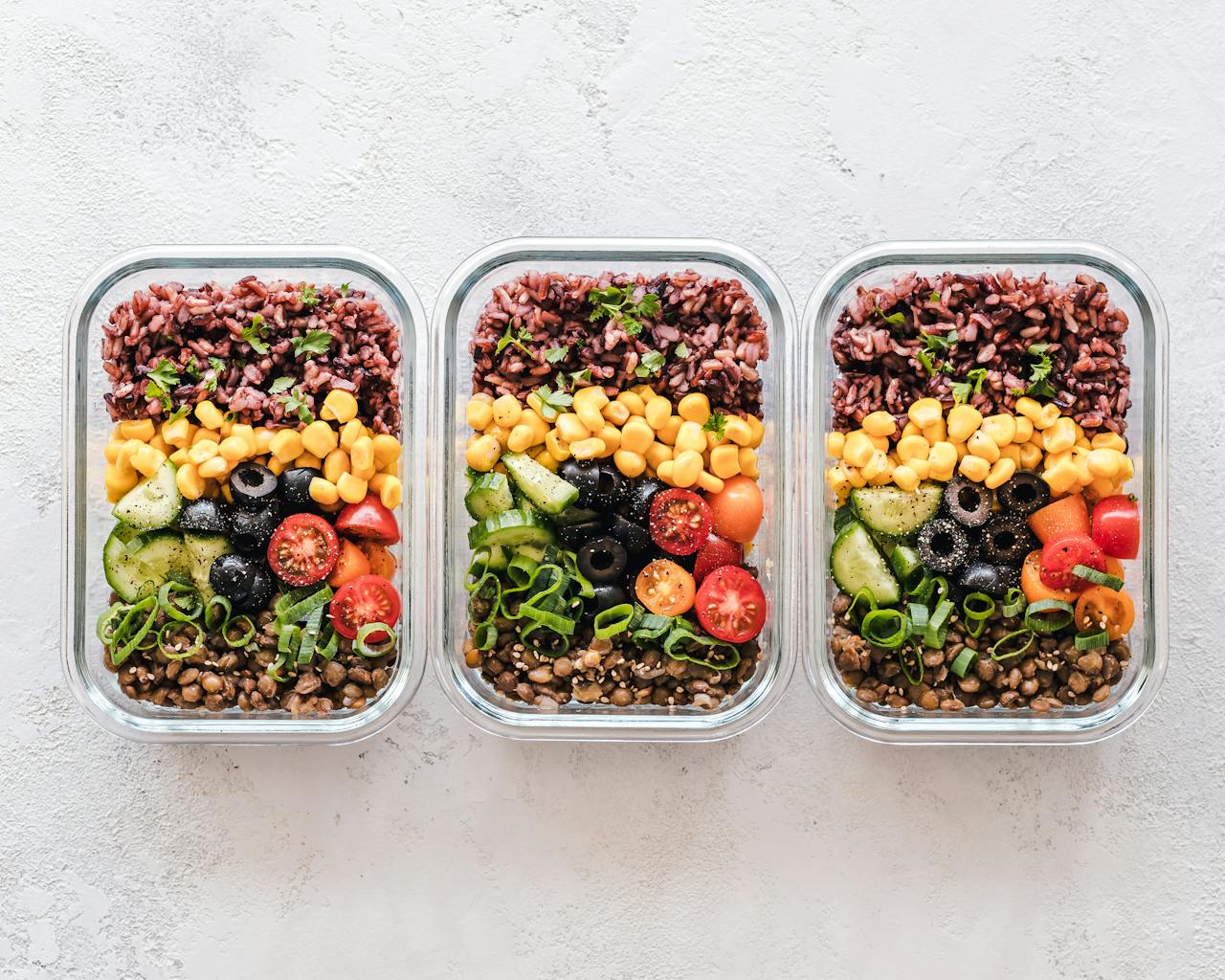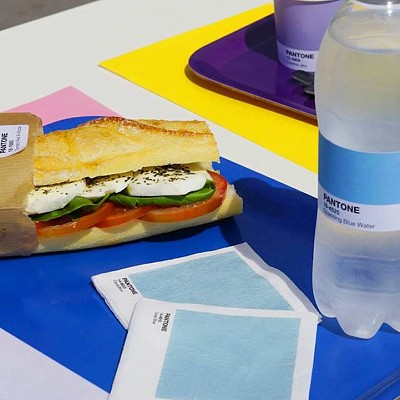Trying to find a perfectly balanced, delicious meal that is also eco-friendly may seem like a struggle. As chefs, restaurant owners, food production companies, and consumers, however, you have a responsibility to do so. Each plate can make a difference. It’s no longer a niche pursuit to decarbonize food — it’s a global imperative. As the urgency to combat climate change grows, figure out what you can do to play your part in the food industry and shape a more sustainable future.
The Importance of Your Food Footprint
First, it’s crucial to understand decarbonization. Decarbonization is the process of lowering the amount of carbon emissions. These greenhouse gases are released into the atmosphere when burning non-renewable fossil fuels like coal, oil, and natural gas. Further, becoming carbon neutral means that the carbon footprint of processes nets a total of zero. It’s possible to even become carbon positive, moving beyond carbon neutrality and stepping into a zone where you are making a positive contribution to the environment.
Food’s carbon footprint is a significant aspect of this journey to decarbonization. The demand for food security in 2024 is only on the rise due to extreme weather events and economic instability across the globe. While food production may need to ramp up, it needs to simultaneously take climate change into consideration. After all, climate change is causing those more extreme weather patterns.
Your food footprint is made up of all stages of food production and distribution, including:
- Crop growing;
- Animal agriculture;
- Food processing plants;
- Shipping and distribution;
- Storage;
- Packaging;
- Cooking;
- Disposal of waste.
Taking a keen interest in each facet of your food’s carbon footprint can make all the difference. Consumers and culinary professionals alike have a unique opportunity to choose sustainable ingredients and minimize waste. You can also support carbon sequestration, the process of trapping carbon dioxide and reducing the amount let into the atmosphere. Working with farms that support this process is a great step toward carbon neutrality in food.
Sustainable Ingredient Sourcing
The source of your food is the cornerstone of ensuring you’re making a decarbonized meal. Try some of the following to maximize your positive impact on the environment when selecting ingredients:
- Choose local ingredients, reducing emissions from transportation;
- Adapt meals seasonally, choosing ingredients that are in-season to have a smaller environmental impact than not needing to be stored;
- Be mindful of protein choices, reducing meat consumption to lower the environmental impact of the meat industry;
- Support regenerative agriculture, like opting for farms that use carbon-sequestering techniques;
- Understand the supply chain, asking for transparency from suppliers about their sourcing practices.
Sometimes it’s difficult to know exactly where your food ingredients came from, but that shouldn’t have to be the case. Try to work with suppliers that are transparent about their sourcing process and choose brands that are committed to ethical and sustainable practices from growing to distribution. Look for companies that use alternatives to carbon credits, because offsetting carbon production with credits isn’t always entirely impactful. Instead, look for companies that use renewable energy, vertical farming, and various ways to reduce wastage.
Innovative, Carbon-Friendly Cooking Techniques
Whether you’re cooking at home or in a commercial kitchen, be aware of how your cooking process affects the environment. To cut back on carbon production and still create delicious meals, try incorporating some of the following into your prep:
- Investing in energy-efficient appliances;
- Sous-vide cooking, vacuum-sealing food and cooking it in a heated water bath;
- Induction cooking, using electromagnetic fields to directly heat food without resistance;
- Pressure cooking, a low-water, fast way to cook rich-tasting food;
- Making plant-based swaps, like seitan and tofu instead of chicken or beef;
- Using every part of your ingredients to minimize waste.
Making some switches in the way you prepare your food can even lead to more creative dishes, wowing guests, or just your own palate.
Restaurant Infrastructure
If you’re opening up your own restaurant, or working with an established one, conduct a feasibility study if you’re aiming to prioritize sustainability. It’s important to understand that sustainability can come with a larger upfront cost. Make sure you’re calculating these costs and finding out if it’s viable to open a restaurant that will see a greater return on investment, but you will have to be able to stay afloat in the meantime.
To save money, you can cut down on the costs of restaurant infrastructure. For example, you can use a shipping container to open a cafe that is creative, quirky, and cuts down on space and energy use. In any case, opt for energy-efficient appliances and lighting. Have a detailed budget and think of every aspect of your restaurant that affects the environment, from sustainable utilities to recycling viability.
Consumer Behaviors
If you’re simply a consumer of food, your role in the sustainability of the food industry is still crucial. Adapting your consumption behaviors can look like exploring local eats on a bike or buying produce from local farmer’s markets that support sustainable agriculture. You can even try meatless Mondays or an entirely plant-based diet. Switching up how you consume food on a daily basis can lower your carbon footprint and add spice to your life.
Moving Forward
Innovations in food sustainability are bound to crop up rapidly as the need for climate action rises. As an average food consumer or culinary professional, it’s your duty to keep abreast of these developments and play your part. If a collective effort is put toward decarbonizing meals, the sustainability of food in the future looks bright.






































